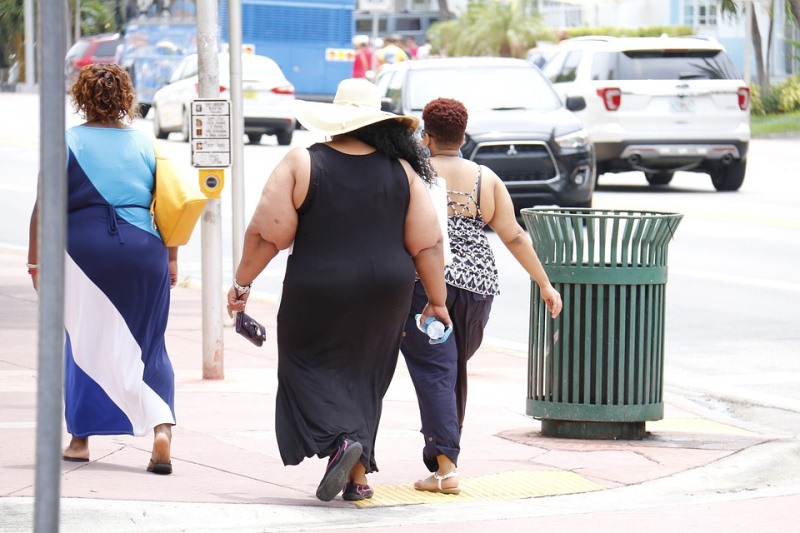Fat deposits are of two types
Fat deposits – everyone in the world hate to spell those two words, the latest villain of new millennium. Do you know fats get deposited in our body in two different ways? From the visible area to internal organs, fat deposits are of two types.

Over weighted ladies – Obesity
Visceral fat is more harmful
Subcutaneous fat is a fatty tissue lying just beneath our skin that acts as a shock absorber. Belly, hands, back, waist – subcutaneous fat gets deposited in these areas and all easily visible to everyone. But there is another group of fat, invisible to human eyes. It gets deposited around our internal organs like heart, lungs, liver etc and is known as visceral fat. It’s also known as organ fat and abdominal fat and is very harmful to our health. Though visceral fat acts as a cushion around our internal organs it adds certain damages to our health and body too. They create metabolic problems in heart and liver leading to Metabolic Syndrome, a disease due to fat deposits of internal organs.
Visceral fats may lead to insulin resistance
Free fatty acids from visceral fats dissolve in blood that may lead to another problem -insulin resistance. It’s insulin’s function to transport food to cells and to store the remaining calories as fat. The inability of insulin to perform this function is known as insulin resistance. Fat belly is its first symptom. When insulin resistance increases it gives more chances to diabetics, high blood pressure, cholesterol and fatty lever. Black marks around neck and beneath armpit are the early symptoms of insulin resistance. Such symptoms are exhibited more in man.
You can check obesity using BMI. In foreign countries, BMI value above 25 is considered as obesity. But in our country India, value above 21 is obese. If you have found your BMI value above 21, you should start reducing its level today itself through proper exercise and food control.
Image source: Pixabay
Also read a few more articles on body fitness. Click on the images in the gallery to read























Recent Comments